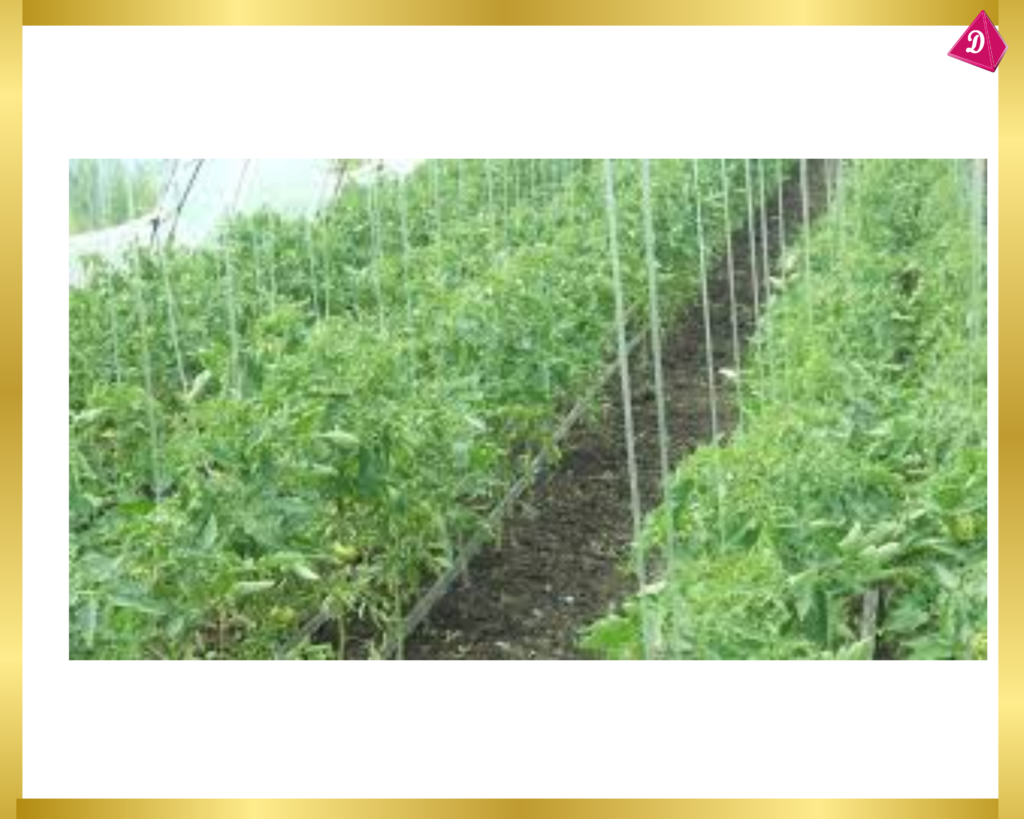Irrigation
key idea :-
Definition of Irrigation:
- The artificial application of water to soil to assist in the growing of crops.

Importance of Irrigation:
- Provides water to crops in areas with insufficient rainfall.
- Ensures consistent crop growth and maximizes yield.
- Helps in cooling the soil and atmosphere, thus improving the microclimate for crops.

Types of Irrigation Methods:
- Surface Irrigation:
- Water is distributed over the soil surface by gravity.
- Methods include flooding, furrow, and basin irrigation.
- Commonly used for rice, wheat, and other cereals.

- Subsurface Irrigation:
- Water is applied below the soil surface.
- Efficient for water use but requires more complex systems.
- Suitable for high-value crops like vegetables.

- Sprinkler Irrigation:
- Water is sprayed through sprinklers, mimicking natural rainfall.
- Useful for uneven terrains and areas with water scarcity.
- Common for lawns, gardens, and field crops.

- Drip Irrigation:
- Water is delivered directly to the root zone through a network of pipes and emitters.
- Highly efficient and conserves water.
- Ideal for orchards, vineyards, and row crops.

- Localized Irrigation:
- Targeted water application near the plant roots.
- Includes techniques like drip and trickle irrigation.

Components of an Irrigation System:
- Water Source: Rivers, lakes, wells, or reservoirs.

- Conveyance System: Canals, pipes, or ditches to transport water.

- Distribution System: Devices like sprinklers, emitters, or furrows to distribute water.

- Control Structures: Gates, valves, and pumps to regulate water flow.

Scheduling Irrigation:
- Determining the frequency and amount of water to be applied.
- Based on crop type, soil moisture levels, and climatic conditions.
- Helps in optimizing water use and improving crop health.

Benefits of Irrigation:
- Enhances crop growth and yields.
- Allows multiple cropping in a year.
- Mitigates the effects of drought and uneven rainfall.
- Supports agriculture in arid and semi-arid regions.

Challenges of Irrigation:
- Requires significant investment and infrastructure.
- Risk of waterlogging and soil salinization if not managed properly.
- Potential depletion of water resources.
Sustainable Irrigation Practices:
- Using water-saving technologies like drip and sprinkler systems.
- Implementing rainwater harvesting and storage.
- Regular maintenance of irrigation systems to prevent leaks and inefficiencies.

Let’s practice!

